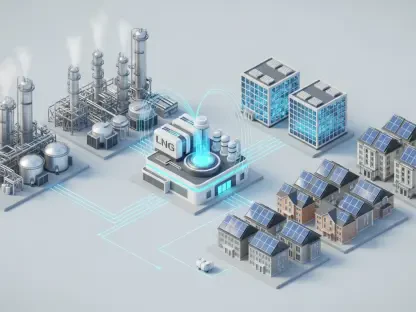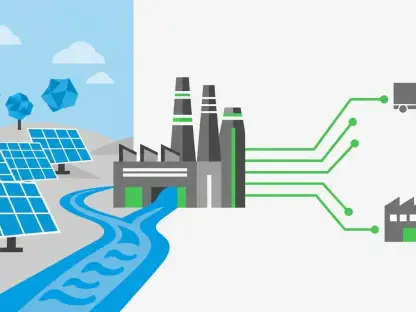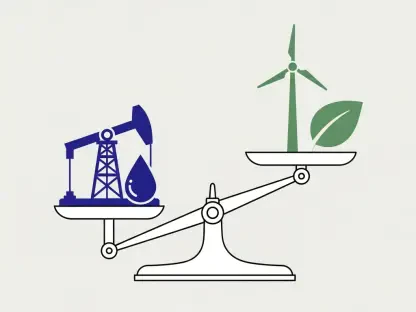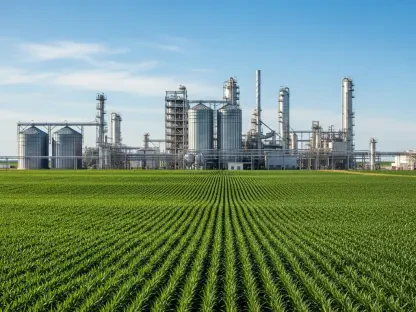Imagine a future where energy needs are met not just through wind and solar, but also through the untapped potential of forests. Forest biomass—often overlooked—presents a unique opportunity to harness renewable energy while promoting economic growth. With climate change pressing on and sustainable solutions urgently needed, could this be the key to Ontario’s energy future?
Exploring Untapped Potential
As global energy demands soar, the search for renewable resources intensifies. A surprising contender emerges: forest biomass. As a renewable resource, it is generated from materials often seen as waste from wood processing, such as branches and bark. The question looms—could this be a cornerstone for sustainable energy? This query gains urgency as cities and communities grapple with the need to shift from reliance on fossil fuels to sustainable solutions capable of efficiently powering their economies.
Necessity of Sustainable Innovation
Rising environmental concerns drive a shift towards renewable energy alternatives. For Ontario, aligning economic growth with sustainable practices becomes critical for ensuring future prosperity. Communities demand action from leaders, urging a response to climate change. As the province examines potential pathways, versatile forest biomass becomes a focal point, aligning with economic priorities and the collective interest in achieving carbon neutrality.
Significant Initiatives in Northwestern Ontario
In an ambitious move, Ontario has committed over CA$6.2 million to bolster forest biomass initiatives. A landmark CA$5 million grant was awarded to the Center for Research and Innovation in the Bioeconomy (CRIBE) in Thunder Bay, promoting projects that explore wood-derived materials. These initiatives aim to diverge from traditional methods by investigating innovative ways of utilizing biomass for commercial purposes. This allocation is part of over CA$45 million funneled into 55 projects, signaling a strong governmental commitment to this renewable resource and its capacity to invigorate regional economies.
Insights from Community Experiences
Key voices from various stakeholders echo the promise of these projects. Government officials underscore the importance of integrating community needs, particularly among Indigenous groups like the Bingwi Neyaashi Anishinaabek. Project leaders highlight the feasibility and economic advantage of biomass, with Indigenous communities participating in projects addressing district heating and biomass storage solutions. As ideas transform into tangible results, communities narrate stories of economic boost and environmental stewardship, signaling a positive shift in regional development.
Path to a Sustainable Bioeconomy
Experts emphasize practical strategies for embedding forest biomass into regional development plans. Establishing frameworks for sustainable harvesting and producing innovative bioproducts could enable communities to spearhead change. Emphasizing local leadership and community involvement ensures these initiatives resonate at grassroots levels, garnering broad support. As Ontario explores pathways to leverage forest biomass, engaging stakeholders across sectors becomes key to a sustainable and thriving bioeconomy.
Moving Forward with Forest Biomass
Ontario’s endeavor to integrate forest biomass into its economic framework underscored the potential for sustainable growth. With targeted investments and active community participation, the province carved out a promising future. As stakeholders continued exploring bioeconomy options, the foundation laid by early initiatives prompted further innovation and alignment with global sustainability goals. The evolving approach to forest biomass serves as a model for others, suggesting a transformative path towards a balanced ecosystem and vibrant economy.









